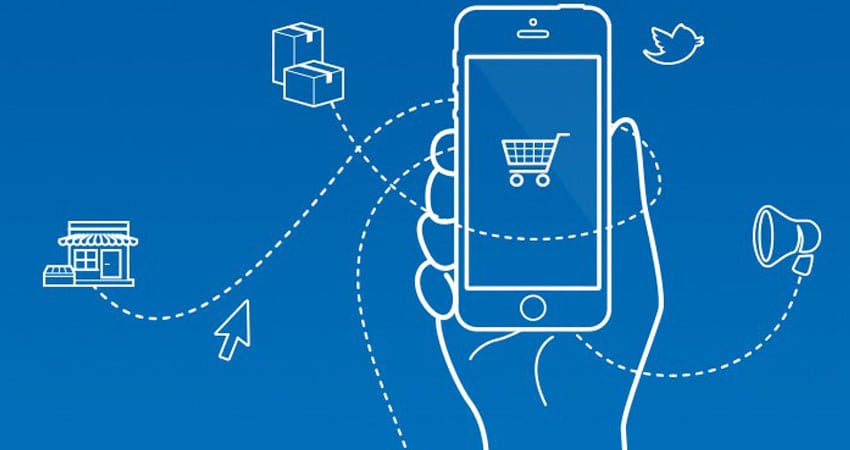In an age where customers have access to anything in just a few short clicks, brands have become increasingly focused on the buyer journey and the path to purchase. The process of acquiring new customers has become much more complex as every touchpoint is targeted and tracked across channels. Brands have become much more invested in customer engagements post-purchase, as products become subscription-based services and customer relationships involve a higher number of recurring transactions versus one-time payments.
With a heavy emphasis on the buyer journey, it’s easy to forget that these relationships are not permanent. Customer needs change constantly, and as needs change so to do the brands they engage with. Ignoring this fact means a critical customer engagement practice is often overlooked – the ability to disengage. While it might seem counterintuitive, the right to disengage is an important long-term customer engagement practice. By examining a buyer’s “leaving journey,” brands can streamline and automate relevant processes to keep customers coming back for more. Failing to consider the leaving journey can end up costing a company far more than just the business of one customer. It has been shown that repeat customers spend, on average, 3x more and refer 50% more people to a given brand.
What is the “Leaving Journey?”
Most purchases are the result of periodic needs or people entering new stages in life. Whether it’s a parent who stops buying baby clothes as their first child grows, a family buying new household items as they relocate, or seasonal purchases. Buyers choose to engage and, subsequently, disengage with brands regularly. Many consumers engage heavily with brands during the purchase process but wish to unsubscribe and disengage after the buying need is over. Needs could change again causing a consumer to reengage and brands want to ensure consumers have good experiences, even leaving, with their company. Brands must make this process as easy as possible, but it’s notoriously challenging – and it’s not getting better. A recent TED Talk, characterizes the unsubscribing process as “agony.” So why is this process so frustrating, and how can brands work to make it easier? Here are three of the most common process missteps brands take when engaging with customers along the leaving journey.
Relationships Don’t End, They Evolve
Brands often organize their buyer relationships into two categories – customers and noncustomers. Doing so is an oversimplification of the customer relationship, which can lead to the frustrating – and at worst, comically unintelligent and memorably painful – interactions that consumers share about brands. The solution to avoiding these interactions is a practice called Customer Journey Mapping. Customer Journey Mapping, or CJM, is the new cornerstone for understanding a buyer’s interaction with your business, offering a digitally designed overview of customer touchpoints. Without a defined customer journey map, brands have no clear understanding of how the services they offer are perceived by customers. A CJM means that companies can consider changes that can be made to these touch points as needed. They can define improvements with the department concerned, fine-tune the solutions they implement, and therefore optimize customer experience and customer satisfaction. By better preparing and anticipating the future needs and questions of customers, brands may find that solutions to new and unforeseen problems arrive almost before the problems themselves.
Brands Don’t Understand What Happens When Customers Want to Leave
Once brands have mapped their customer base more effectively, they need to re-imagine the processes that customers in different phases can take when wanting to end their brand relationship. Fundamentally, errors in mapping the customer journey are rooted in the process companies utilize to track their customer interactions. To address this, brands need to optimize their customer life cycle process by bringing together the people running the processes to collect their feelings and suggestions on things like customer service, sales, and marketing. Organizations should be checking the necessary supporting documents for the successful completion of the end-to-end leaving process. And lastly, brands should improve on the subscription process that already exists, using all the information collected, and under the control of a centralized process owner.
The leaving Journey is Automated Ineffectively
The larger the company, the more complex the customer engagement process. Executing processes that enable a seamless leaving journey for customers often involves several different people spanning multiple departments and offices. This creates a vulnerability, and another potential way to complicate processes and damage customer satisfaction through delays. These vulnerabilities can come in the form of process issues, such as loss of information while being transferred between work environments, or non-process challenges such as team turnover or realignment. Both types can delay the execution of a process and lead to a negative impact on customers looking for a smooth engagement experience. Automating key tasks removes some of this vulnerability by reducing the number of time-consuming, error-prone, and potentially costly manual steps within a process. However, automating without first optimizing processes will only result in doing the wrong thing, faster. To automate successfully, a brand should ensure that all processes are the best they can be.
Leaving is Believing
When it comes to customer engagement, brands need to go beyond their oversimplified thinking and understand the when, and why, of what makes customers want to leave. Doing so increases a brand’s long-term ability to secure customers in the future. Ultimately, brands need to make disengagements as seamless as possible for their customers. Improving this process will create a positive brand experience and increase the likelihood that customers will reengage with the brand down the road when the time is right. In the case of many purchases we make, those opportunities are many. As brands, let’s stop being the subject of customer engagement jokes and start trusting our buyers to come back when they’re ready. That all starts with process and extends to improving engagement through automation.
Stefan Krumnow is Global SVP Customer Service for Signavio


One response to “Why Easy Disengagement is Your Best Long-Term Customer Engagement Strategy”